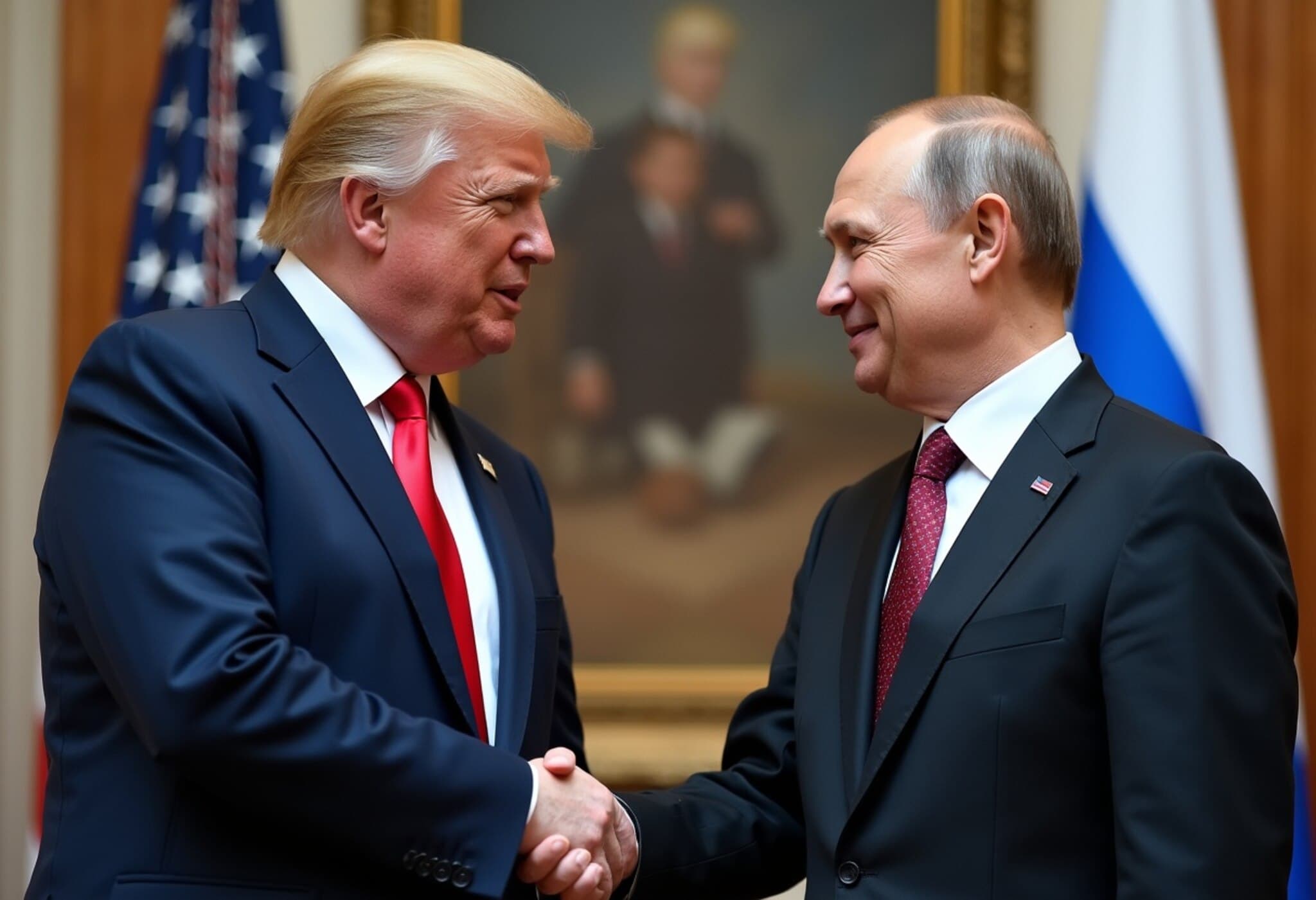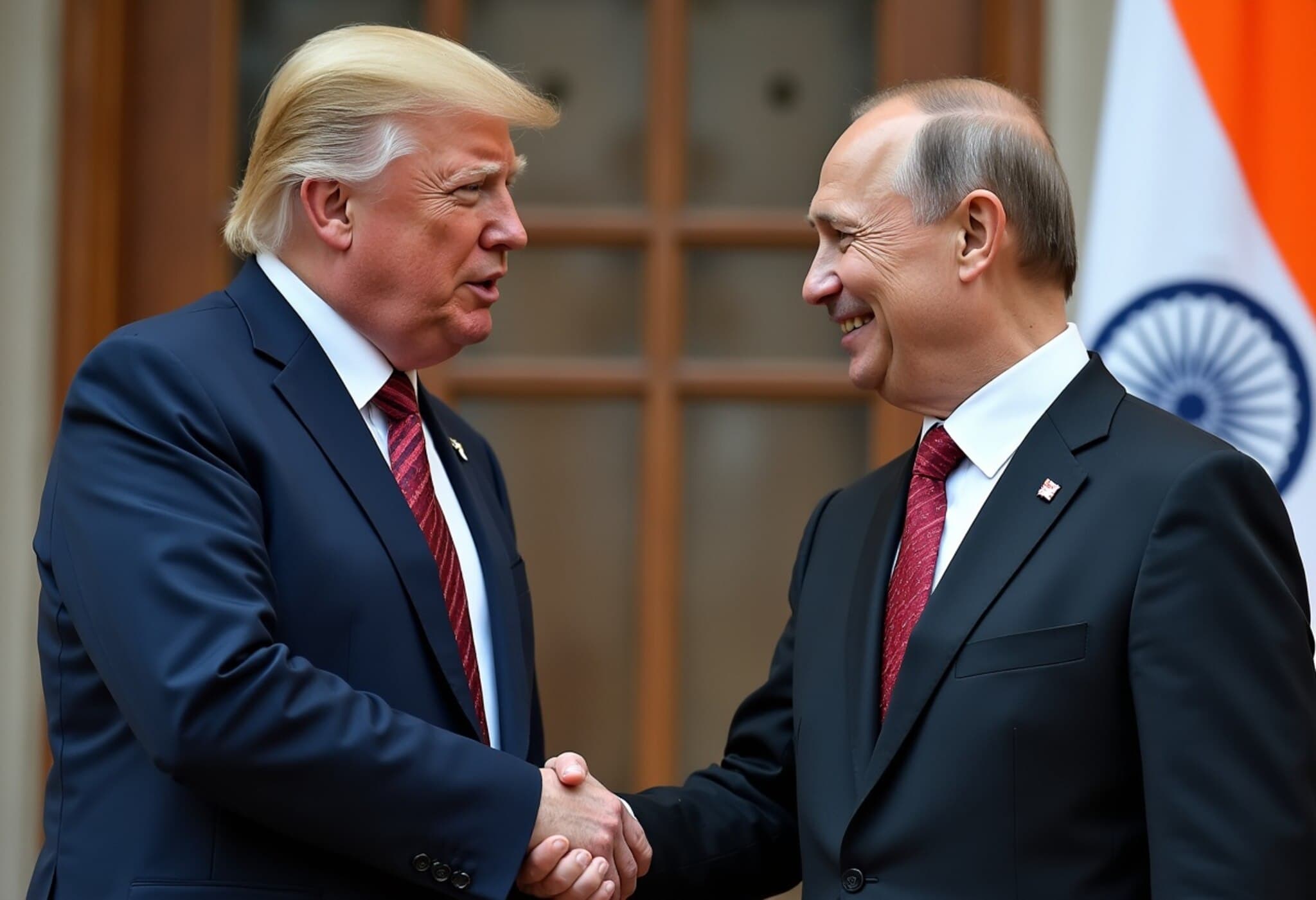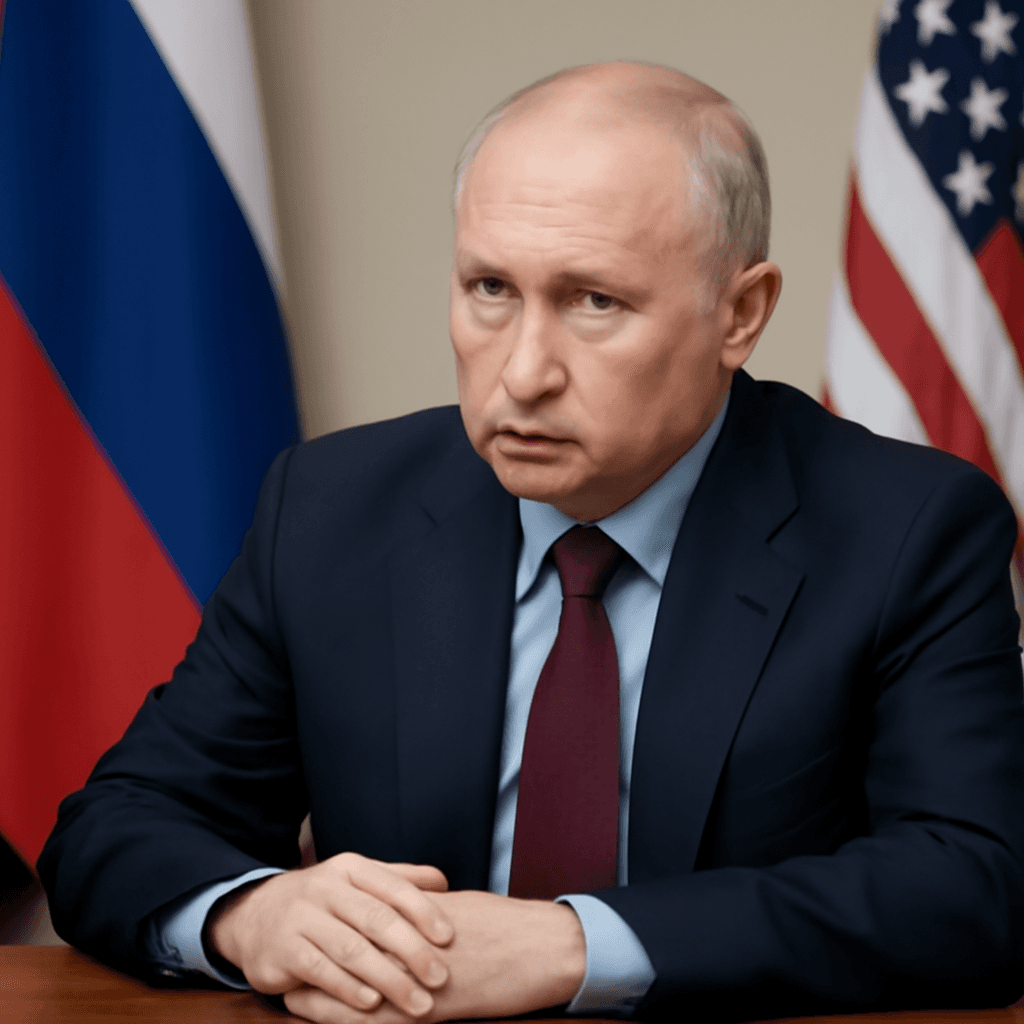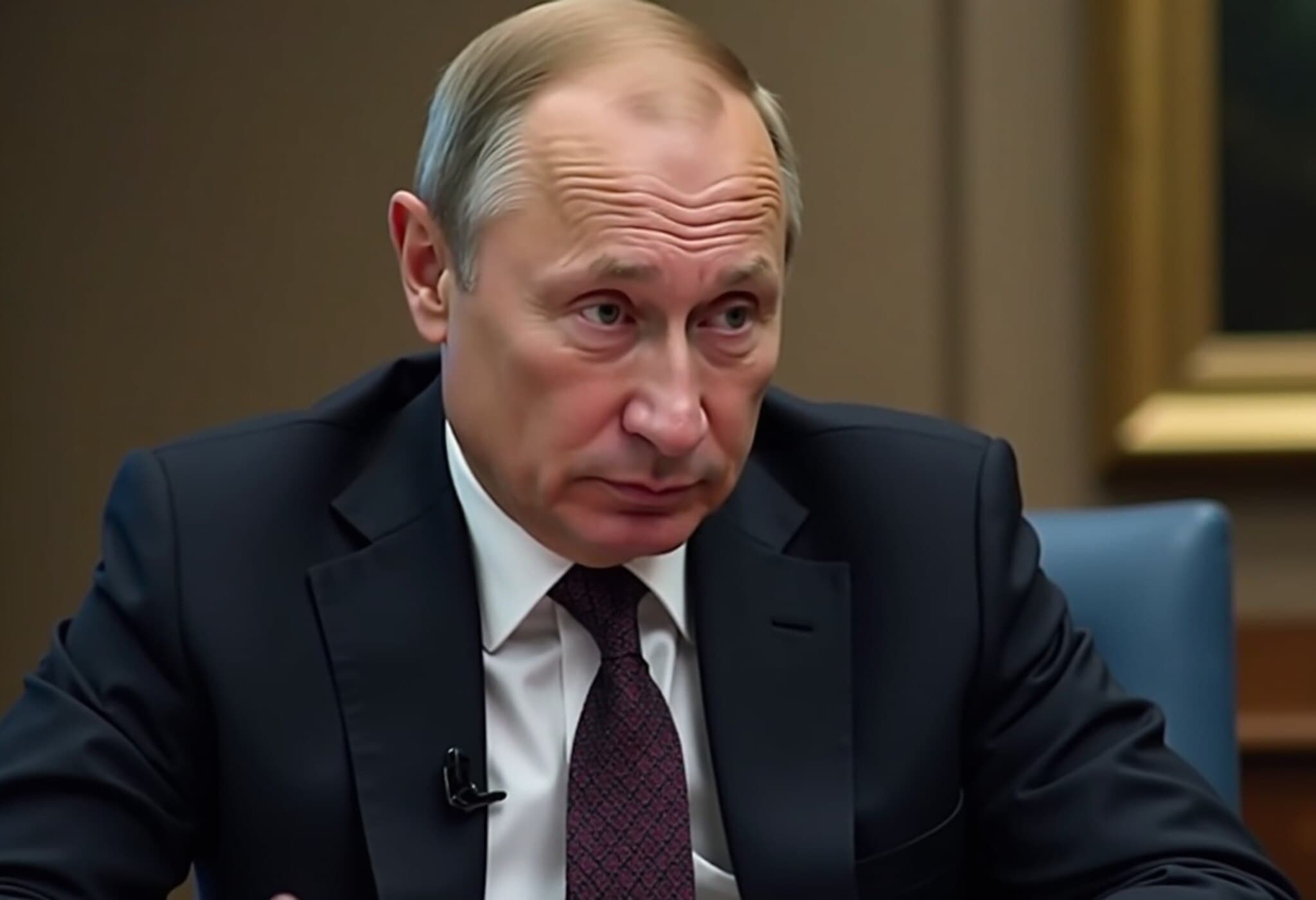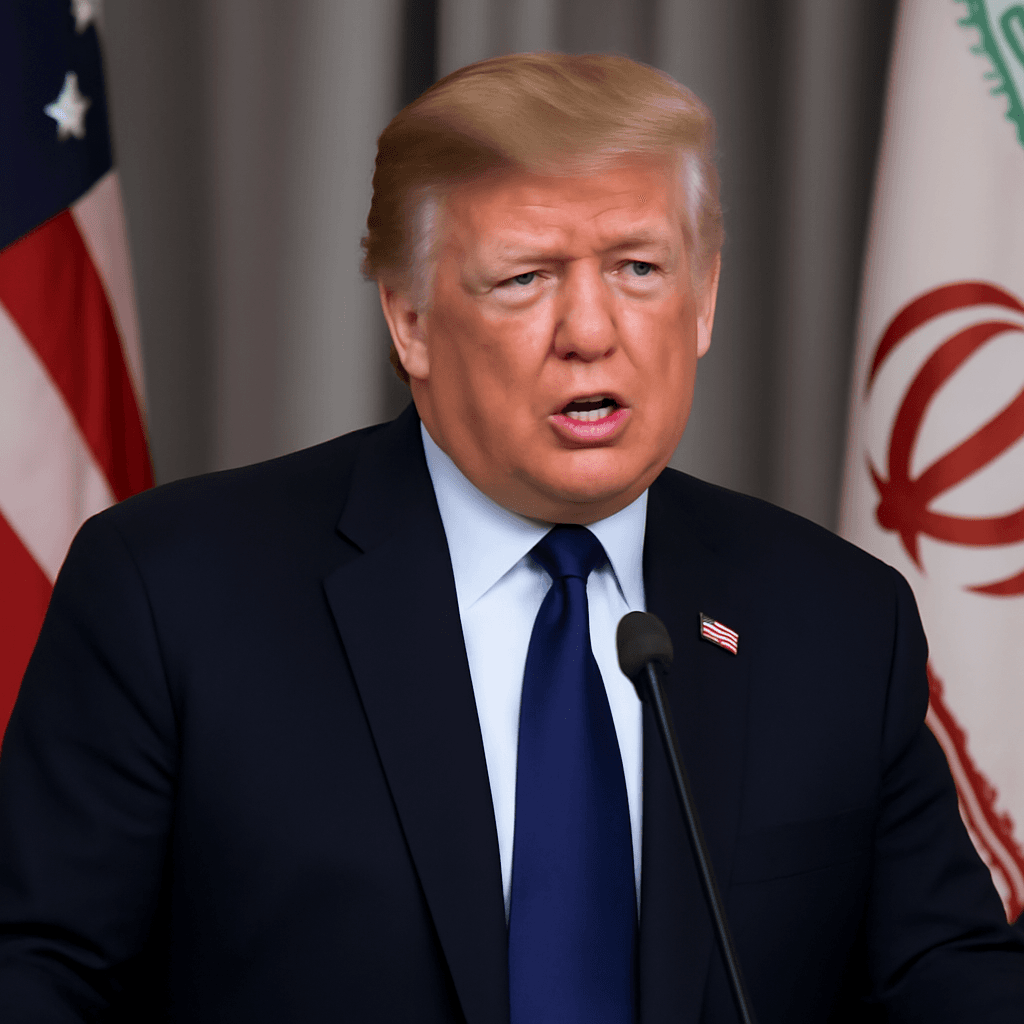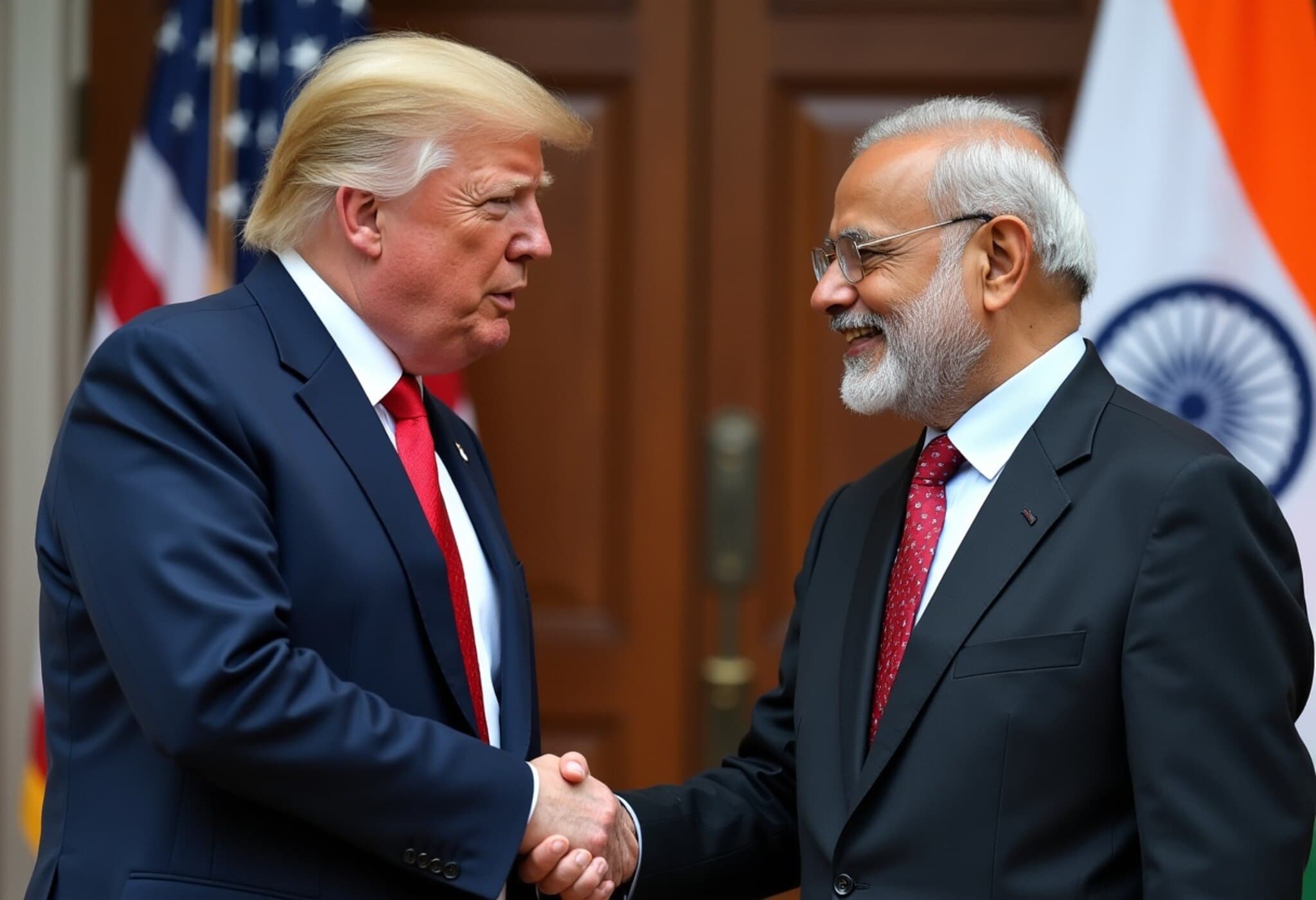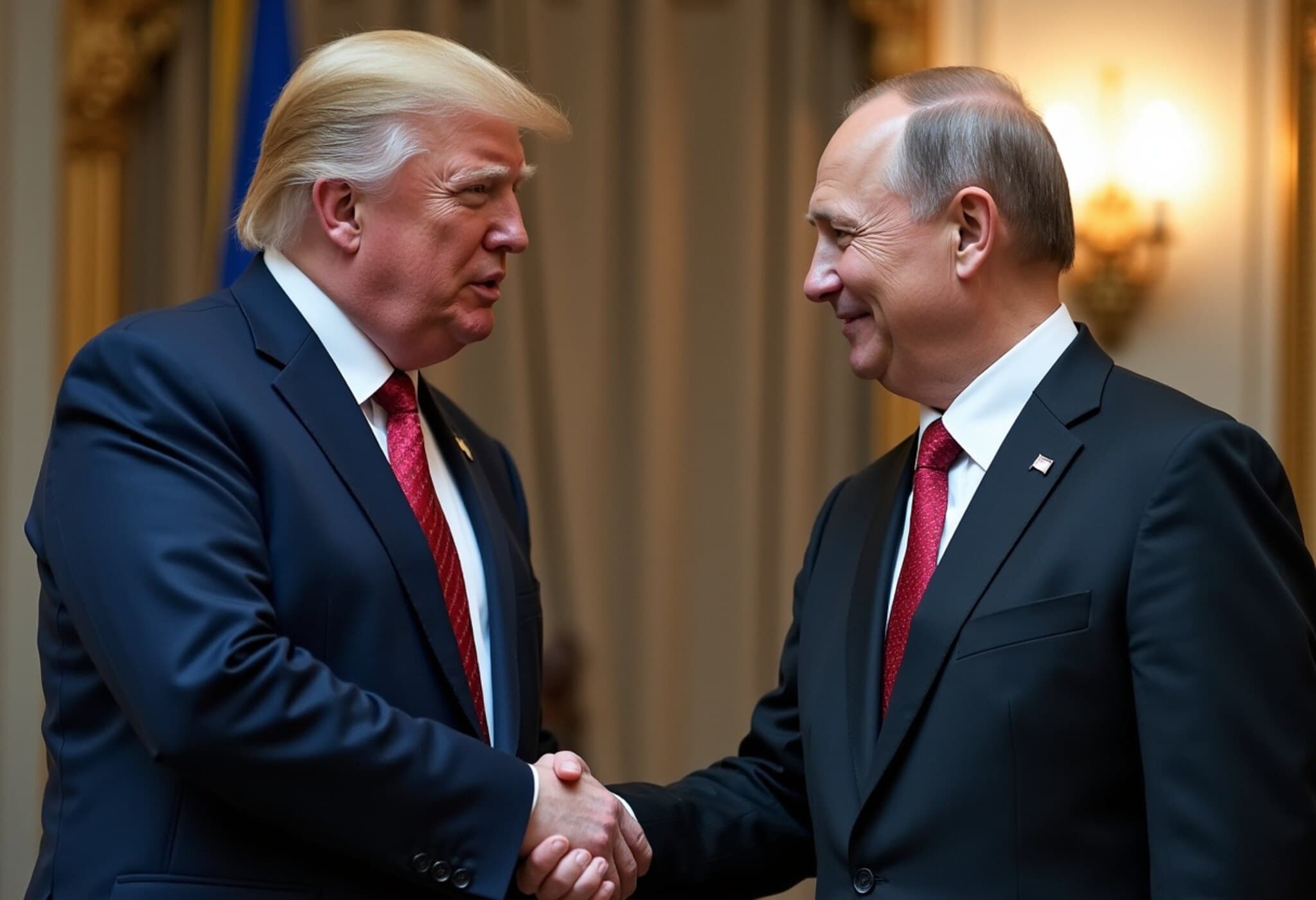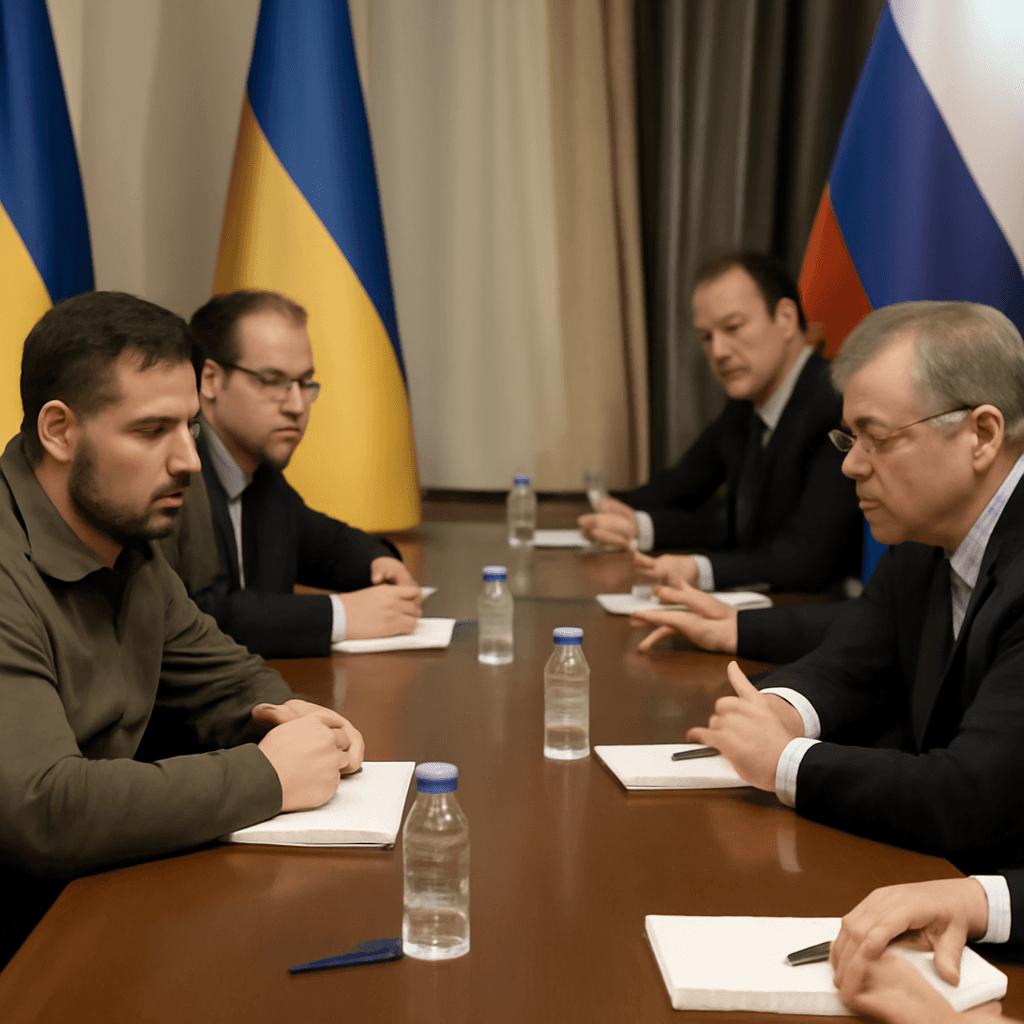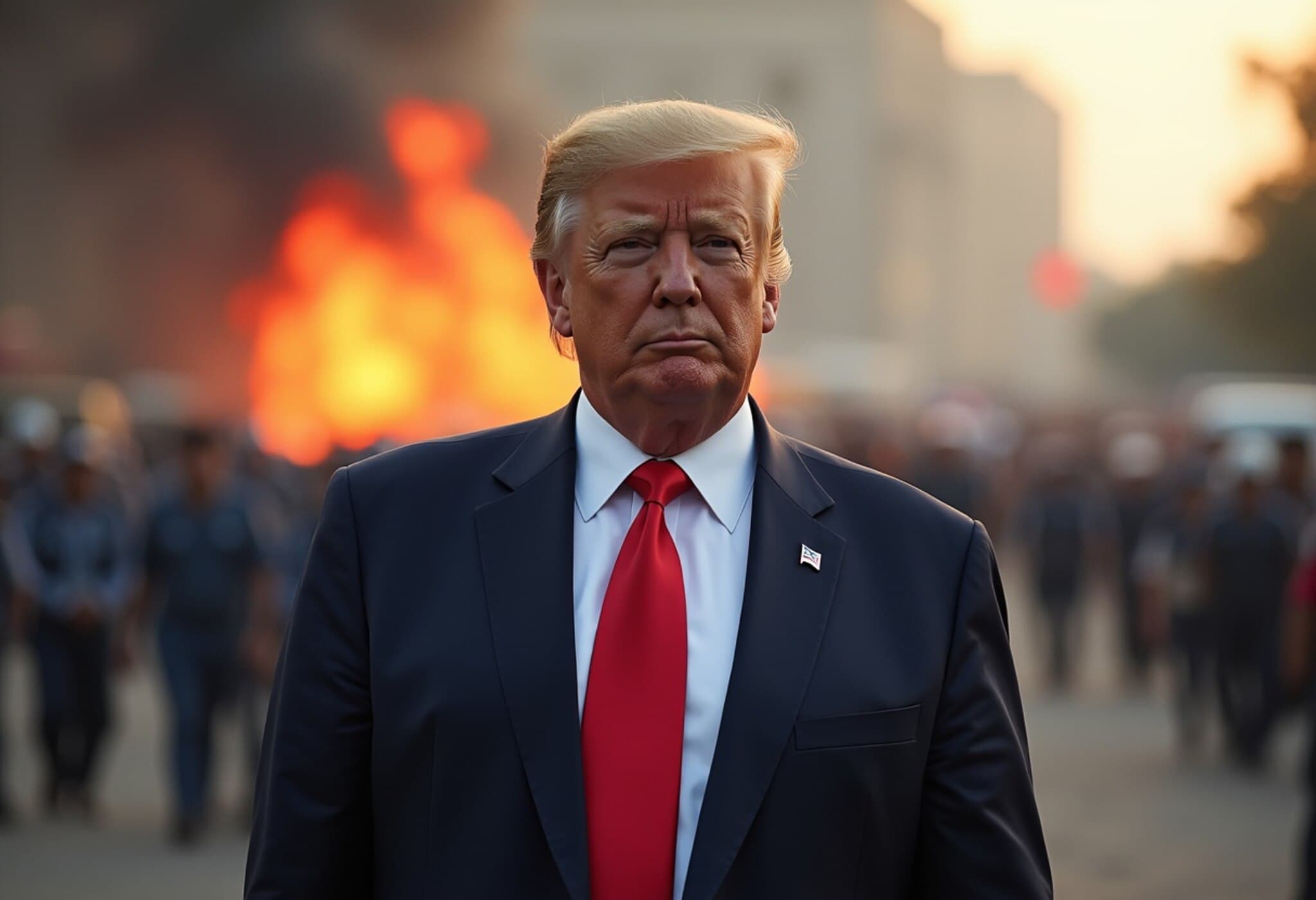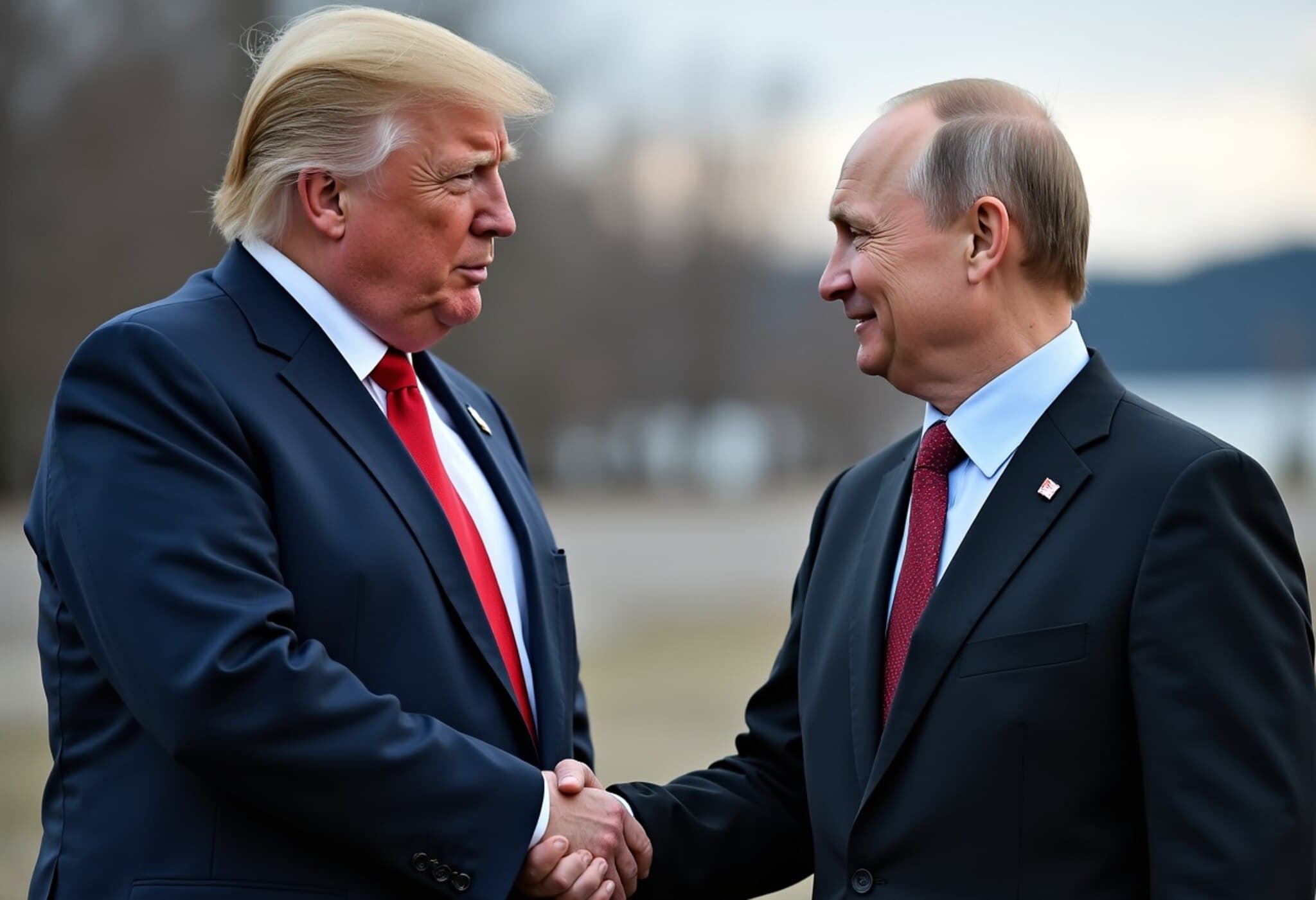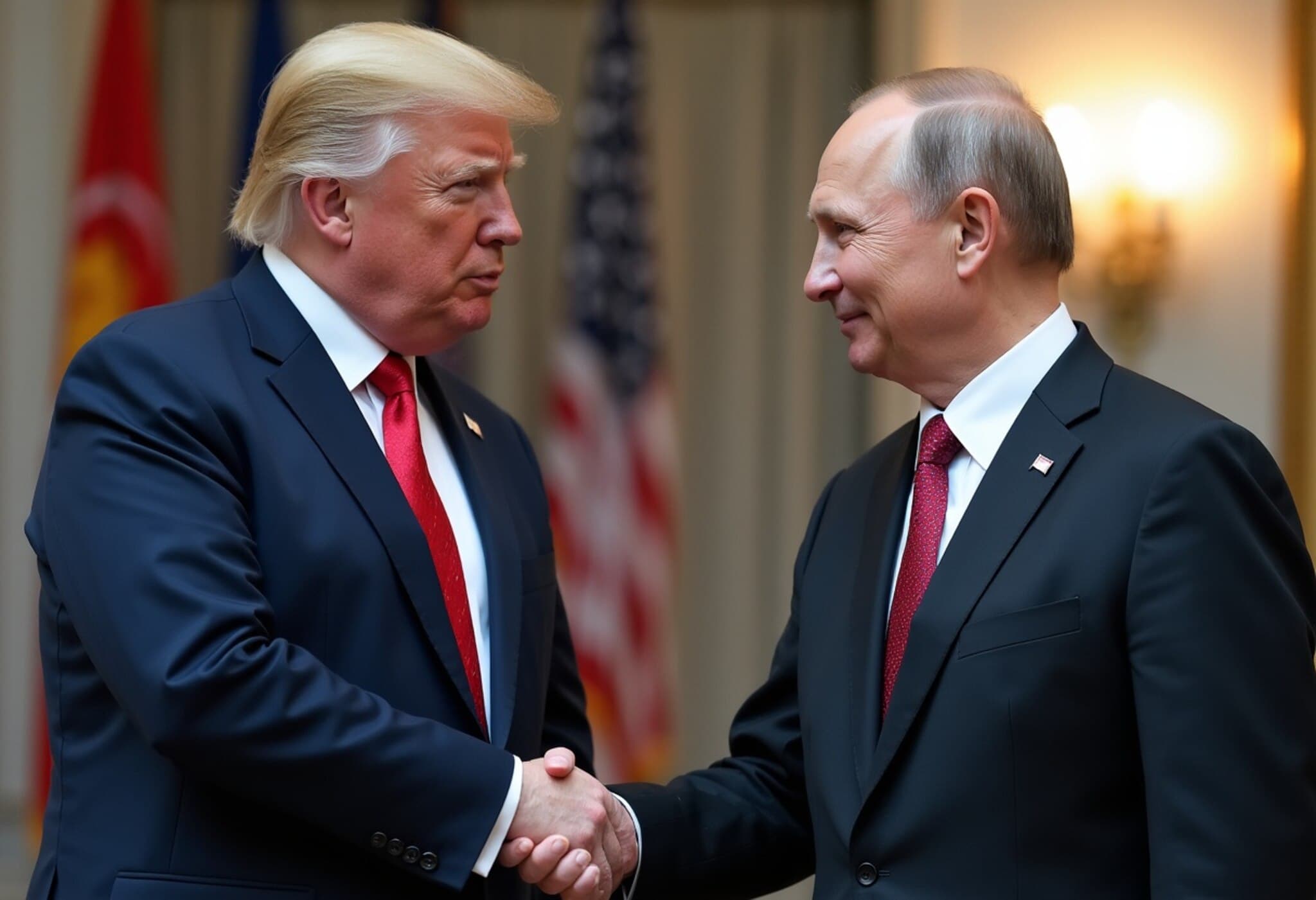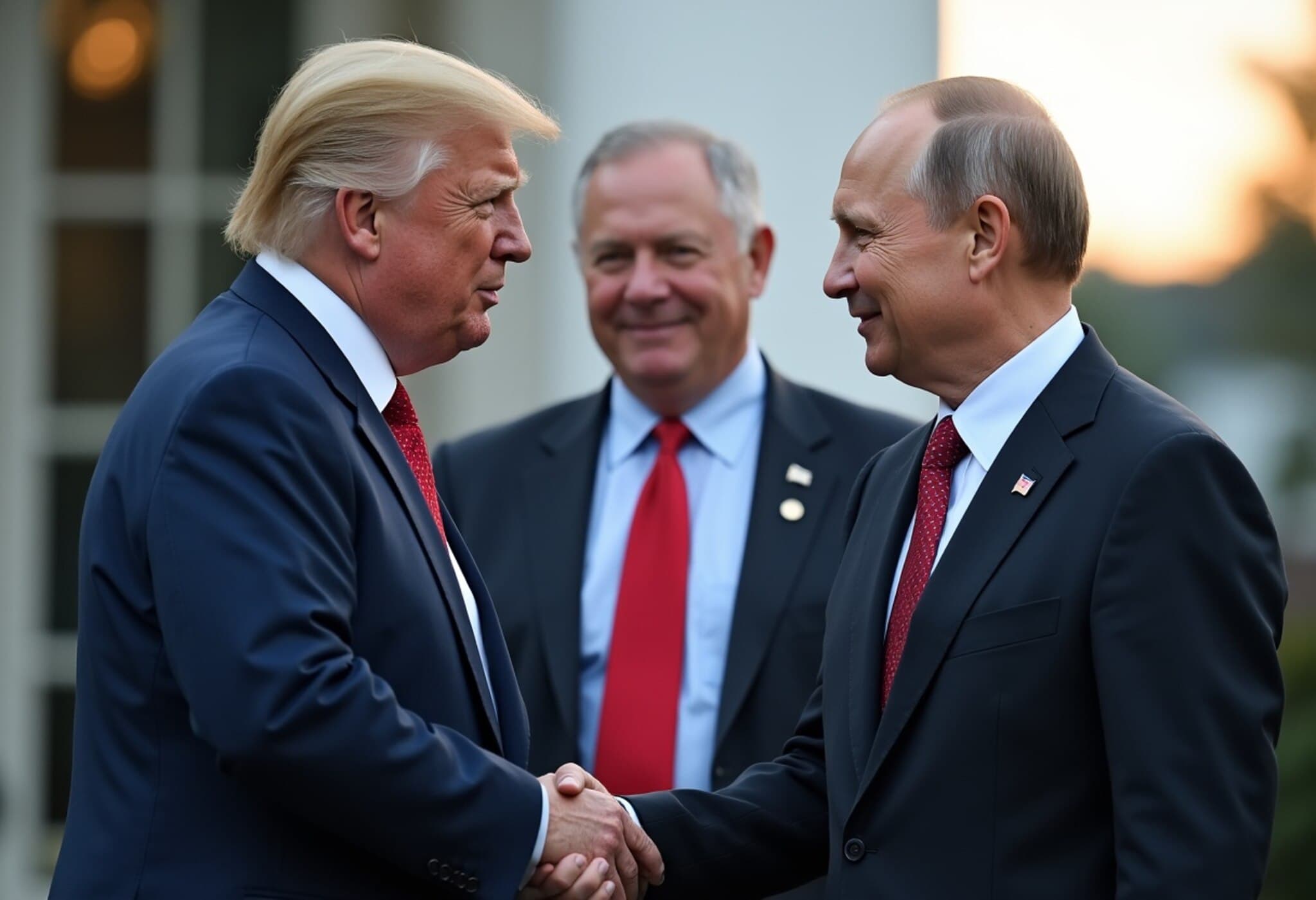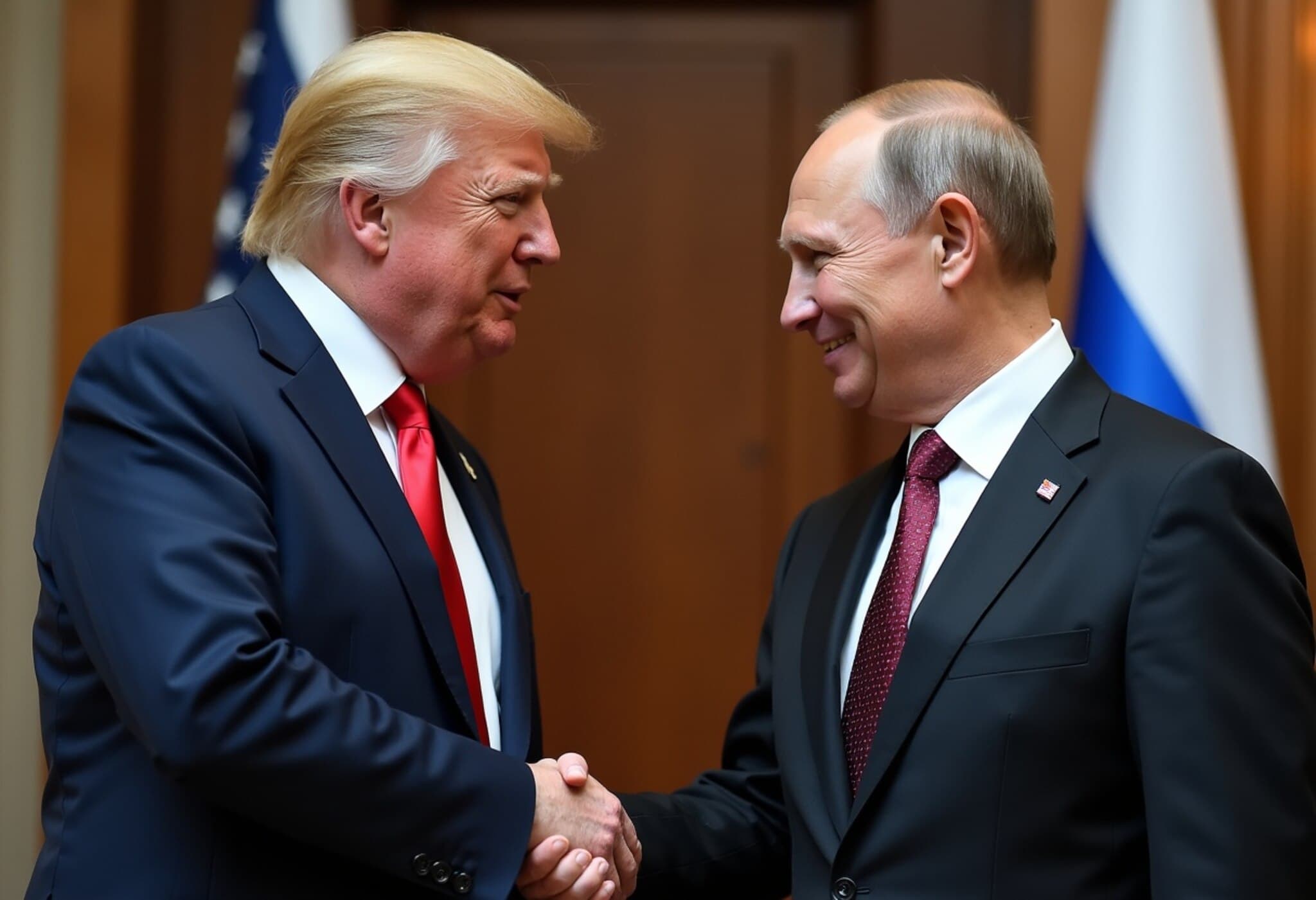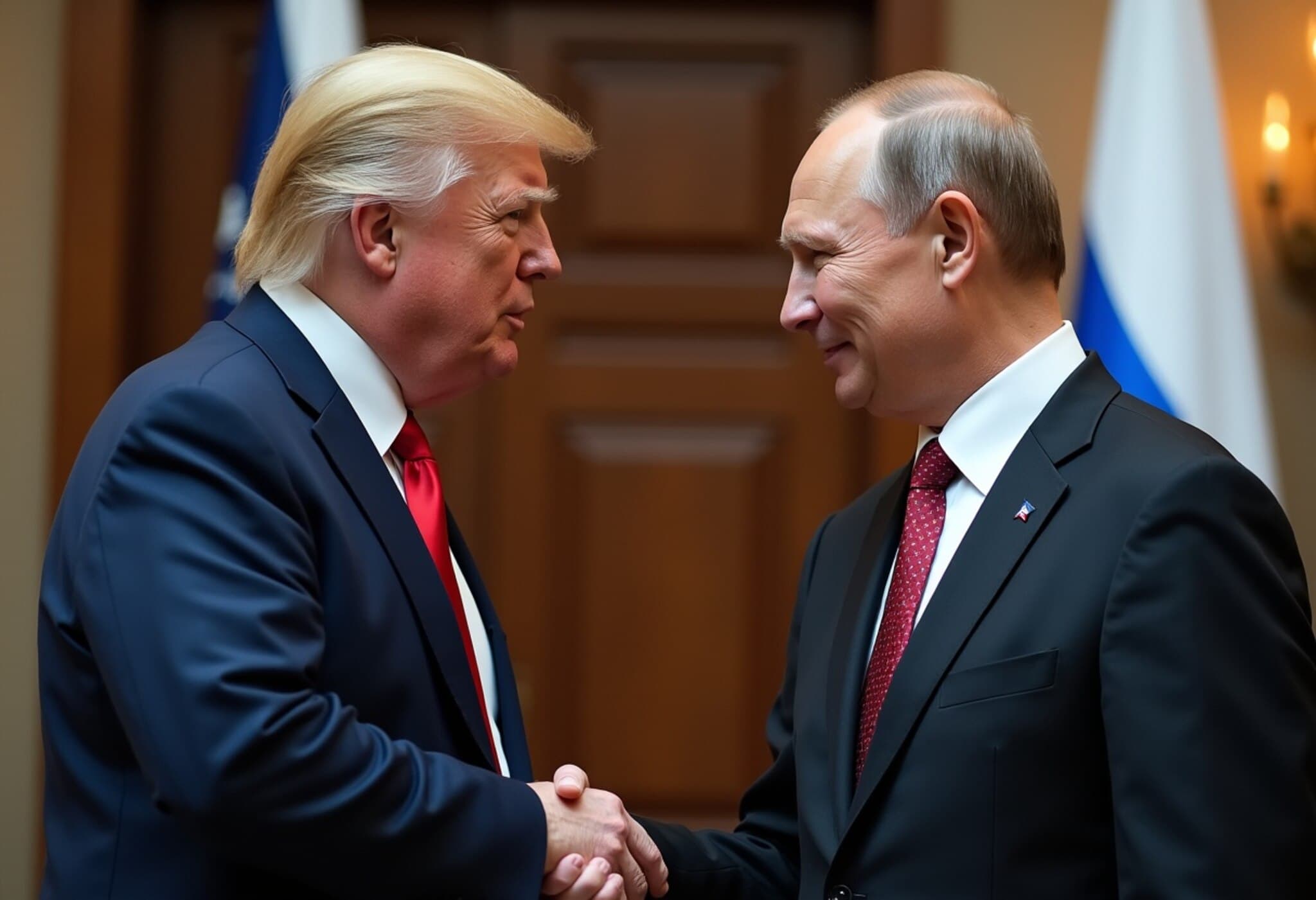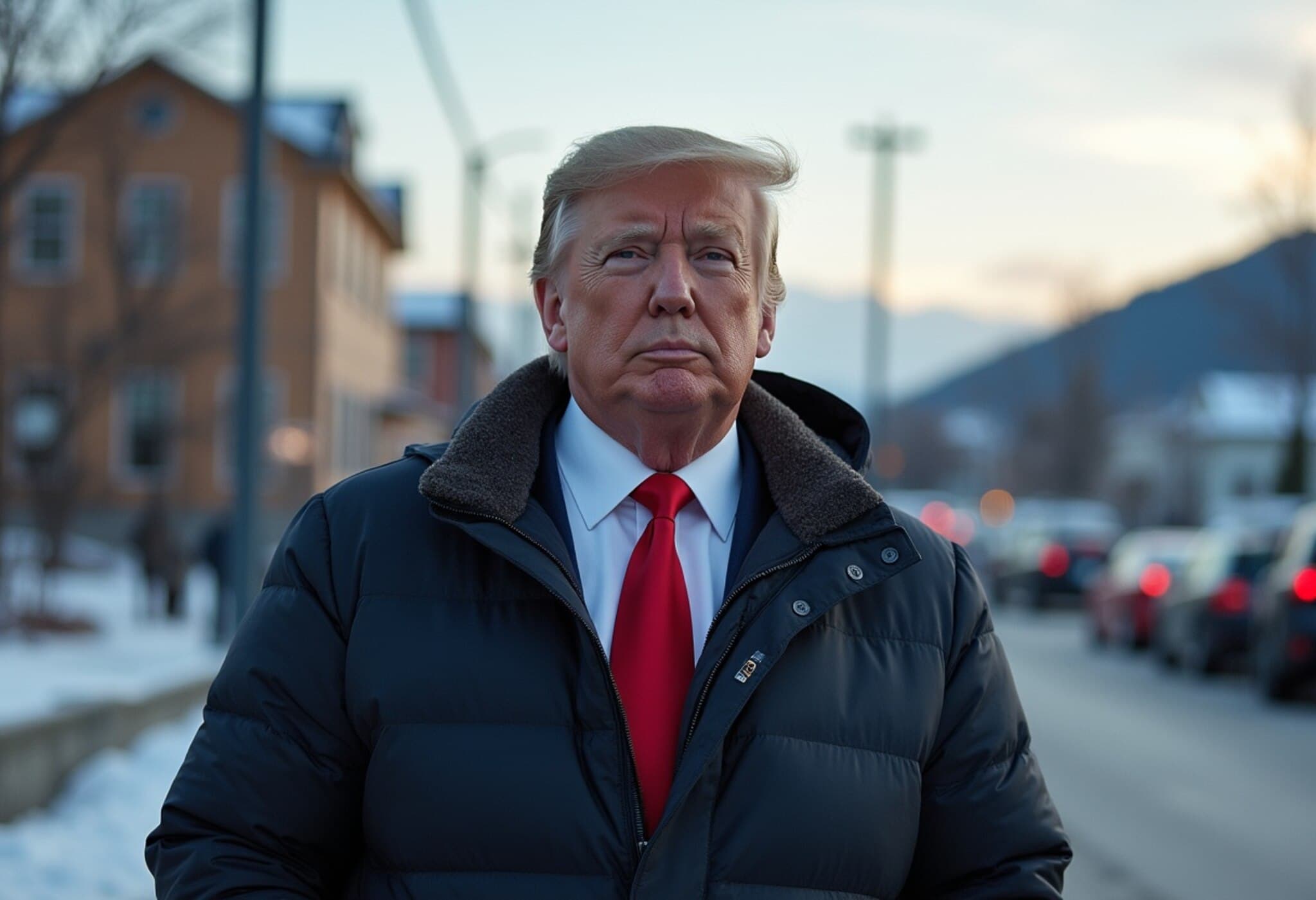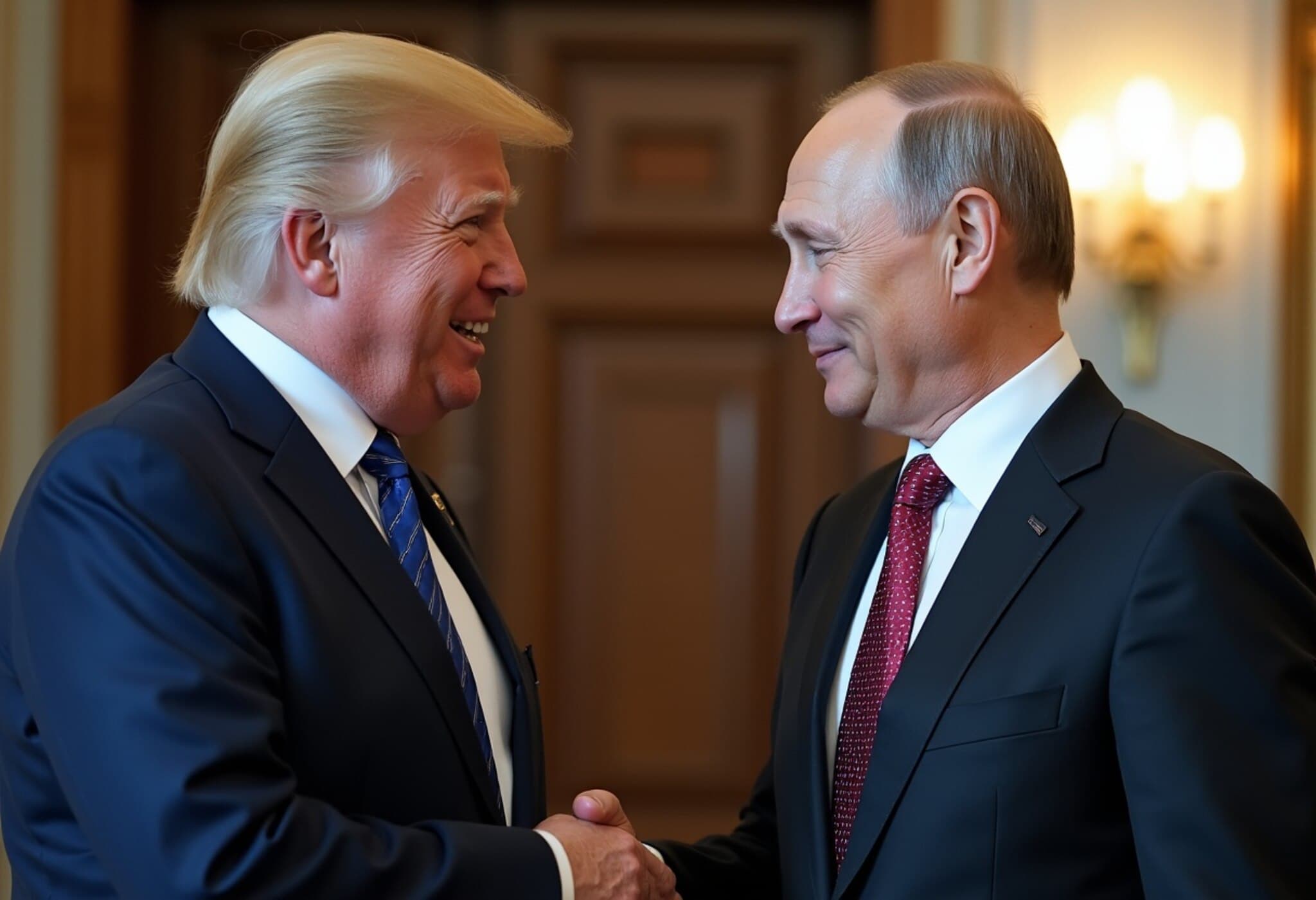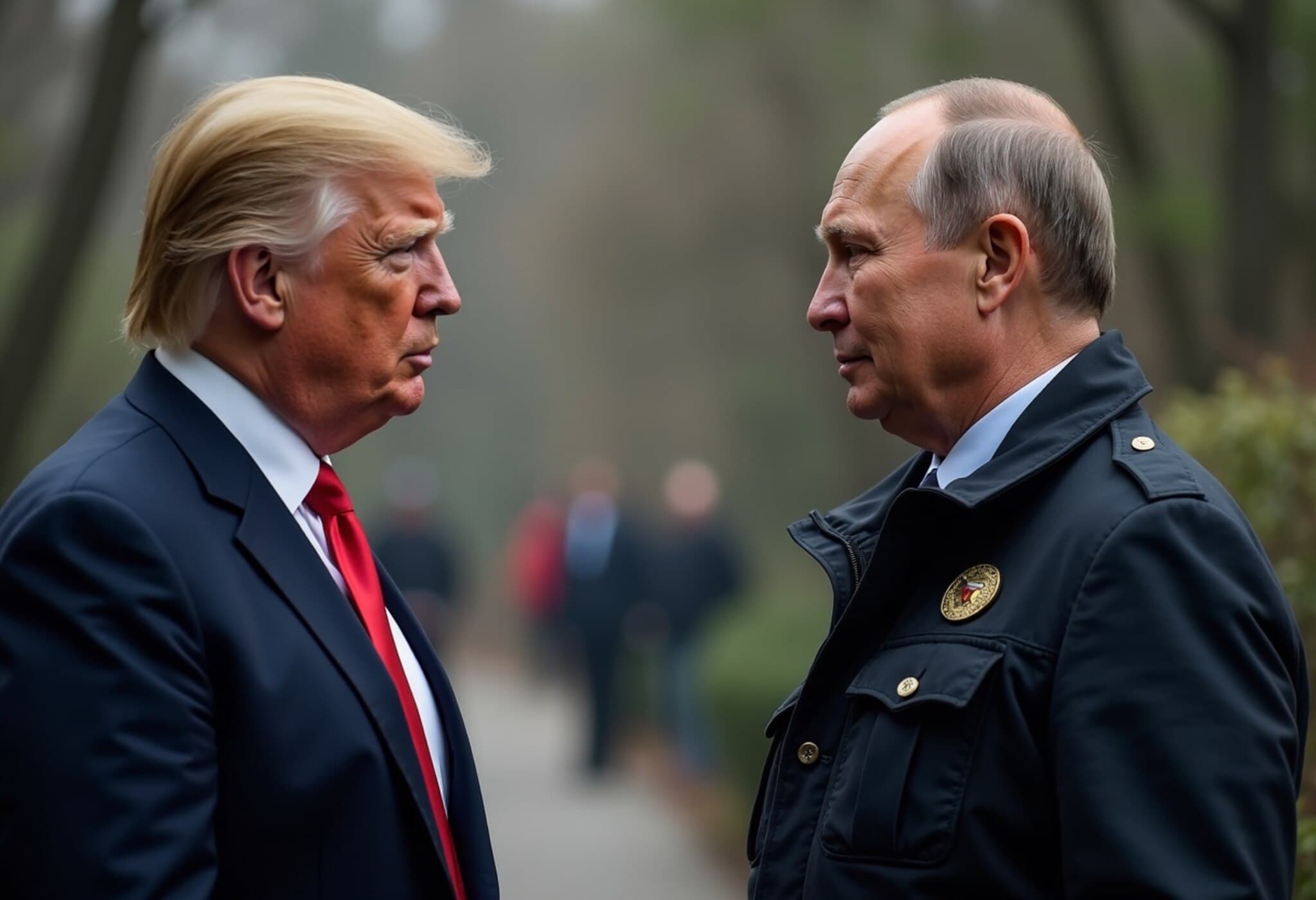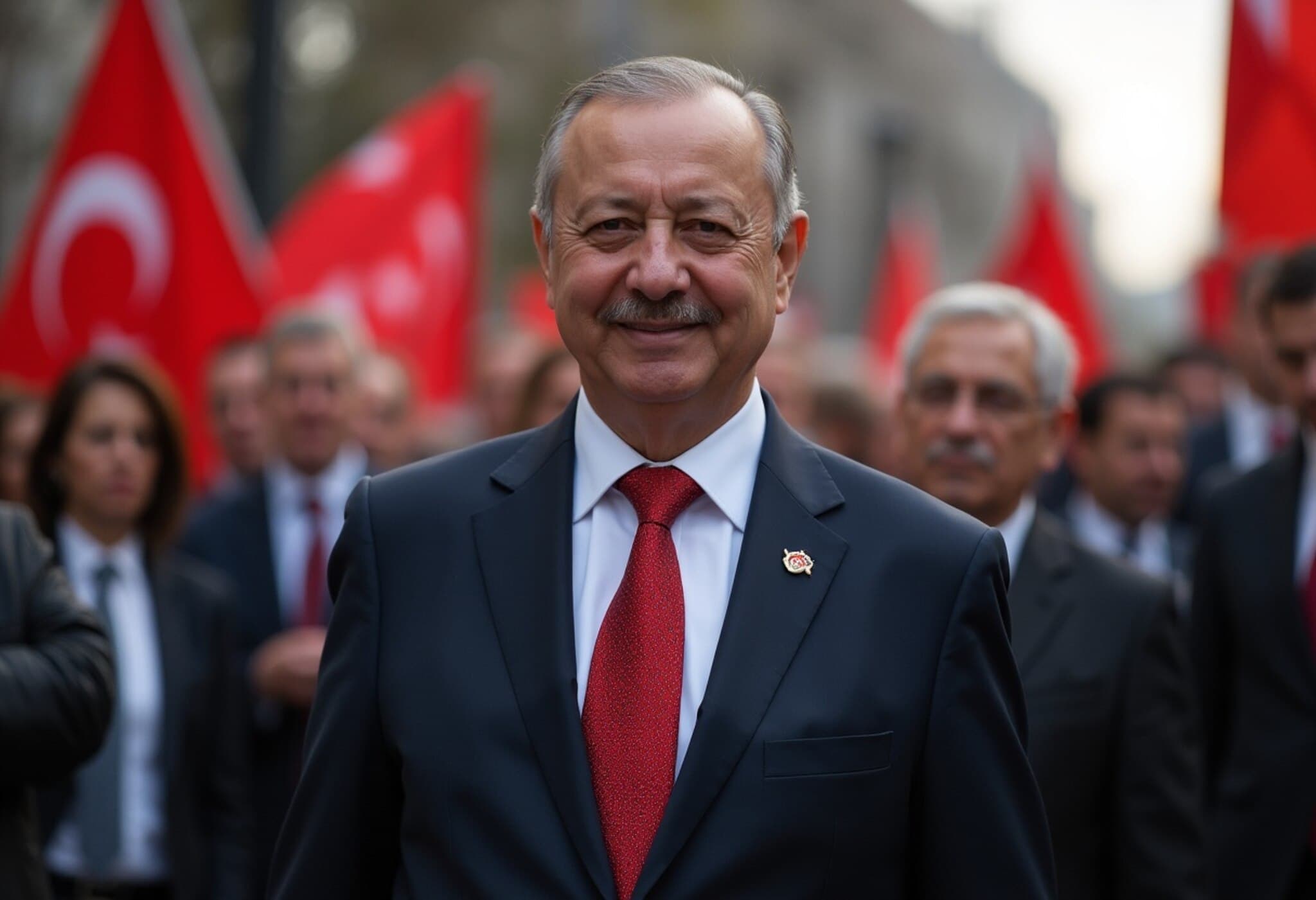What’s on the Table as Trump Meets Putin in Alaska Over Ukraine War?
On Friday, an intense spotlight will shine on Anchorage, Alaska, where U.S. President Donald Trump and Russian President Vladimir Putin are set to engage in one of the most consequential diplomatic talks this year. With the devastating conflict in Ukraine casting long shadows over Europe and global stability, this high-stakes summit bears implications reaching far beyond the Alaskan coast.
At the heart of the discussion is the prospect of a ceasefire in a war that has persisted for more than three and a half years, claiming hundreds of thousands of lives and displacing millions. But beneath this apparent goal lie complex, fraught negotiations over territory, security, economic pressures, and broader geopolitical order.
1. The Quest for a Ceasefire: Fragile Hope or Diplomatic Gambit?
President Trump has publicly emphasized his desire to secure a ceasefire, which could mark a hallmark achievement in his foreign policy legacy. Yet the devil is in the details — what conditions would accompany such a ceasefire, and what compromises might the U.S. be willing to accept?
According to Helima Croft, a respected expert in geopolitical strategy, Russia’s anticipated demands include retaining Crimea and the eastern Donbas region — territories internationally recognized as part of Ukraine — along with assurances against Ukraine joining NATO. This raises thorny questions about Ukraine’s sovereignty and the shape of any “peace” agreement.
2. Ukraine’s Territorial Integrity: The Core Conflict
Ukraine and its European allies have unequivocally rejected any deal that legitimizes the loss of Ukrainian land. President Volodymyr Zelenskyy has underscored that Ukraine’s constitution enshrines its territorial integrity, meaning any changes would require parliamentary approval and a nationwide referendum — a process laden with political risks and public emotions.
Moreover, some analysts warn of a dangerous scenario where Russia’s control remains de facto but not de jure, leaving a volatile status quo and persistent insecurity. The stability of Ukraine — politically, militarily, and socially — hangs in the balance.
3. Broader European Security: A Redrawn Map or a Delicate Balance?
The stakes extend far beyond Kiev’s borders. European leaders warn that allowing territorial concessions could redraw the continent’s map and embolden further Russian assertiveness. The fear is that Russia could use these territories as launching pads for new incursions, placing Europe once again on the precipice of military conflict.
Meanwhile, the European Union has sought a role in monitoring any ceasefire arrangements, offering to deploy peacekeeping forces. However, Russia has rejected these proposals, and with President Trump’s skepticism towards EU interests, Europe may find itself sidelined during this crucial dialogue.
Carsten Nickel from Teneo Research highlights another layer of complexity: whatever deal emerges, Trump might challenge European allies to increase military aid and financing—potentially deepening transatlantic tensions.
4. Russia’s Economic Pressures: A Weakened Giant Seeking Escape?
From a battlefield perspective, Putin appears to hold the upper hand, controlling significant portions of eastern and southern Ukraine. Yet economically, Russia faces mounting challenges, including slowing growth, labor shortages, inflation, and a shrinking fiscal base due to volatile oil revenues.
Economist Richard Portes from London Business School points out the paradox: a militarily strong Russia grappling with economic fragility. This duality could motivate Moscow to pursue a diplomatic exit in Alaska to alleviate economic strain without compromising strategic gains.
5. Global Geopolitical Ripples: A Test for the Rules-Based Order
The consequences of this summit and its aftermath reverberate globally. The war in Ukraine has already disrupted supply chains, escalated energy prices, and reshaped alliances. As countries like China and India continue to engage economically with Russia, the effectiveness of Western sanctions remains in question.
Alexander Baunov, a senior fellow at the Carnegie Moscow Center, posits that Putin’s long-term approach contrasts with what he sees as the Western world’s short-term political cycles. Putin may be comfortable playing for time, while Trump risks appearing as a more impulsive actor.
There is also a subtle psychological dimension: the aggressor in conflicts often gains by portraying themselves as the peace-seeker without having faced defeat — complicating traditional notions of negotiation leverage.
Looking Ahead: What Should We Watch For?
- Will the ceasefire negotiations acknowledge Ukraine’s sovereignty, or will territorial concessions be quietly accepted?
- How will the European Union and NATO factor into any enforcement or monitoring of an agreement?
- What economic incentives or pressures might shift Russia’s calculus on continuing the war?
- How will this summit influence broader U.S.-Russia relations and America's role in European security?
As the world watches, this summit serves as a crossroads: a potential turning point with the power to reshape the contours of peace, security, and power in Europe and beyond.
Editor’s Note
The Trump-Putin meeting in Alaska offers a poignant glimpse into the tangled web of modern geopolitics where military might, economic realities, and diplomatic gambits intermingle. While a ceasefire is deeply desired to stem ongoing human suffering, the path forward bristles with complexities — from Ukraine’s constitutional rights to Europe's collective security anxieties, to Russia’s strategic ambitions and economic vulnerabilities. Readers should keep a keen eye on how these intersecting interests unfold and what kind of precedent it sets for resolving—or prolonging—frozen conflicts in a fractured world.

